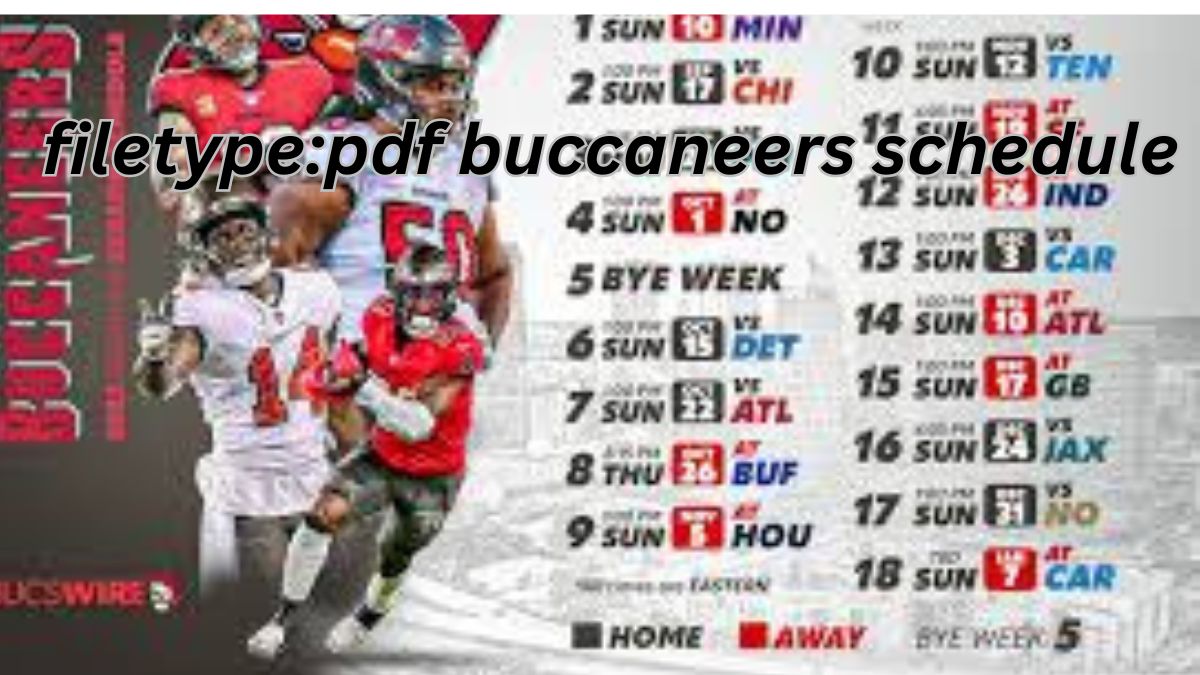The iconic confrontation between batter and pitcher is at the heart of baseball, embodying the sport’s intricate balance of strategy, skill, and psychological warfare. Understanding this dynamic provides invaluable insights into the game’s most crucial moments. The clash between a batter vs pitcher is one of the most compelling aspects of baseball. Each duel is a microcosm of the game’s larger strategic battles, where split-second decisions and precise executions determine the outcome. By analyzing batter and pitcher statistics, we can uncover patterns, strengths, and weaknesses that shape the game’s narrative.
Batter and Pitcher – This analysis aims to demystify the complex interactions between batters and pitchers, providing a deeper understanding of their performances. With a focus on key matchups and statistical insights, we explore how these duels influence the broader game dynamics.
The Essence of Batter vs Pitcher Matchups
The encounter between a batter and a pitcher is a blend of physical skill and mental acuity. Each pitch presents a new challenge, and each swing a new opportunity. Let’s break down the essential components that define these matchups.
Pitch Types and Strategies
Pitchers utilize a variety of pitches, each with its speed, movement, and deception. Fastballs, curveballs, sliders, and changeups are among the most common, each requiring a different approach from the batter. Understanding the pitcher’s arsenal is crucial for predicting and reacting to pitches effectively.
Batter’s Approach
Batters must quickly assess the type, speed, and location of each pitch. Their approach can vary based on the count, game situation, and their own strengths and weaknesses. Some batters excel at hitting fastballs, while others might be more adept at handling breaking balls.
Statistical Insights
Statistical analysis provides a wealth of information about batter vs pitcher matchups. Key metrics include batting average, on-base percentage, slugging percentage, and strikeout rates. These statistics help identify trends and predict future performances.
Key Metrics in Batter vs Pitcher Analysis
Analyzing batter and pitcher statistics involves several key metrics that offer insights into player performances. Here, we highlight the most important ones and their significance.
Batting Average (AVG)
The batting average measures a batter’s success rate in hitting the ball. It is calculated by dividing the number of hits by the number of at-bats. A higher batting average indicates better performance against a particular pitcher.
On-Base Percentage (OBP)
On-base percentage includes hits, walks, and hit-by-pitches, providing a broader measure of a batter’s ability to reach base. It is a crucial metric for evaluating a batter’s overall effectiveness.
Read More: Braves vs Pirates Match Detailed Player Stats and Analysis
Slugging Percentage (SLG)
Slugging percentage measures the power of a batter by calculating the total bases achieved per at-bat. Higher slugging percentages indicate greater power-hitting ability.
Strikeout Rate (K%)
The strikeout rate indicates how often a batter strikes out, calculated as a percentage of their plate appearances. Lower strikeout rates suggest better contact skills and plate discipline.
OPS (On-base Plus Slugging)
OPS combines on-base percentage and slugging percentage, offering a comprehensive measure of a batter’s overall offensive performance. It is a key metric for comparing batters’ effectiveness.
Statistical Breakdown: Notable Batter vs Pitcher Matchups
To illustrate the power of statistical analysis, let’s examine some notable batter and pitcher matchups. Using data from various sources, we identify patterns and insights that highlight the significance of these duels.
Case Study: Elite Hitter vs Dominant Pitcher
Player Profiles
- Batter: Known for exceptional power and plate discipline.
- Pitcher: Renowned for a devastating slider and high strikeout rate.
| Metric | Batter | Pitcher |
|---|---|---|
| Batting Average | .325 | .210 (opponents) |
| On-Base Percentage | .410 | .275 (opponents) |
| Slugging Percentage | .600 | .380 (opponents) |
| Strikeout Rate | 18% | 35% |
| OPS | 1.010 | .655 (opponents) |
Analysis
The batter’s high batting average and on-base percentage suggest a strong ability to reach base against most pitchers. However, the pitcher’s low opponent batting average and high strikeout rate indicate a significant challenge. The slugging percentage and OPS highlight the potential for extra-base hits but also underscore the difficulty of making solid contact against a pitcher of this caliber.
Case Study: Contact Hitter vs Control Pitcher
Player Profiles
- Batter: Excellent contact skills with a low strikeout rate.
- Pitcher: Known for precise control and low walk rate.
| Metric | Batter | Pitcher |
|---|---|---|
| Batting Average | .295 | .225 (opponents) |
| On-Base Percentage | .350 | .260 (opponents) |
| Slugging Percentage | .450 | .320 (opponents) |
| Strikeout Rate | 12% | 22% |
| OPS | .800 | .580 (opponents) |
Analysis
The contact hitter’s low strikeout rate and solid batting average indicate a strong ability to put the ball in play. The control pitcher’s low opponent on-base percentage and slugging percentage suggest a challenge in reaching base and hitting for power. This matchup emphasizes the importance of bat control and pitch location.
Strategic Insights from Batter and Pitcher Matchups
Understanding the strategies employed in batter and pitcher matchups provides a deeper appreciation for the game. Here, we explore the tactical elements that shape these confrontations.
Pitch Selection and Sequencing
Pitchers must carefully select and sequence their pitches to keep batters off balance. Mixing fastballs with off-speed pitches, changing locations, and varying pitch speeds are essential strategies for success.
Adaptation and Adjustment
Both batters and pitchers need to adapt and adjust throughout the game. Batters must recognize patterns and anticipate pitch types, while pitchers must read the batter’s tendencies and adjust their approach accordingly.
Mental and Psychological Factors
The mental aspect of batter and pitcher duels is significant. Confidence, focus, and the ability to handle pressure can greatly influence performance. Psychological tactics, such as disrupting the batter’s timing or exploiting weaknesses, play a crucial role.
The Role of Data in Modern Baseball
In the modern era, data and analytics have transformed the way teams approach batter and pitcher matchups. Advanced metrics, video analysis, and predictive models provide deeper insights into player performance and strategic decisions.
Sabermetrics and Advanced Analytics
Sabermetrics, the empirical analysis of baseball statistics, has revolutionized the sport. Metrics such as WAR (Wins Above Replacement), wOBA (Weighted On-Base Average), and FIP (Fielding Independent Pitching) offer a more nuanced understanding of player contributions.
Video Analysis and Scouting Reports
Video analysis allows teams to study the mechanics and tendencies of both batters and pitchers. Scouting reports provide detailed information on player strengths, weaknesses, and preferred strategies, enabling more informed decision-making.
Predictive Models and Simulation
Predictive models and simulations help teams forecast outcomes and optimize strategies. By analyzing historical data and current performance metrics, teams can make data-driven decisions that enhance their competitive edge.
Conclusion
The duel between batter and pitcher is a fascinating blend of skill, strategy, and psychology. By examining the statistical metrics and strategic elements that define these matchups, we gain a deeper appreciation for the complexities of baseball. As data and analytics continue to evolve, the insights they provide will further enrich our understanding of this timeless battle.
Read More: Exciting Showdown: Diamondbacks vs Mariners – A Detailed Analysis of the Thrilling Baseball Matchup





